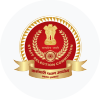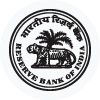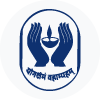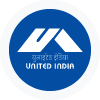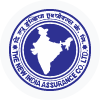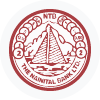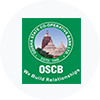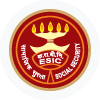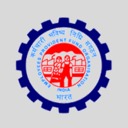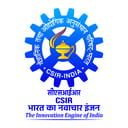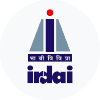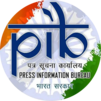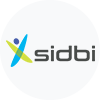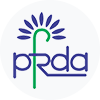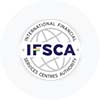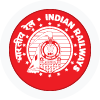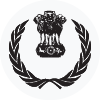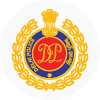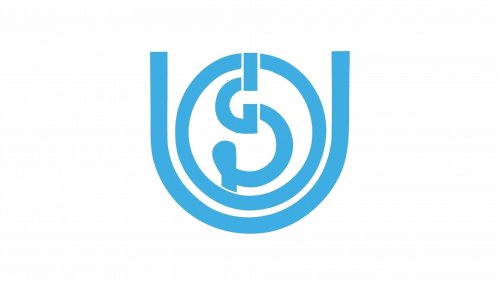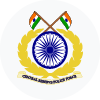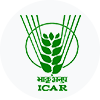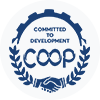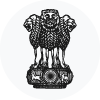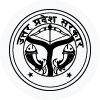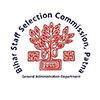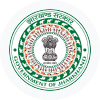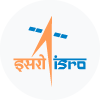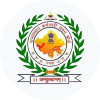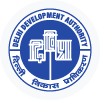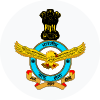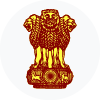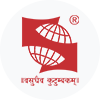SSC CGL 2025 Exam Pattern
SSC CGL Exam Pattern: There are lakhs of aspirants who appear for SSC CGL every year and most of the first-time exam takers are curious about the SSC CGL exam pattern. In this blog, we will discuss the detailed SSC CGL exam pattern which includes all phases. The SSC CGL exam pattern for Tier-1, Tier-2 is discussed here in detail.
SSC CGL Exam Pattern For Tier 1
Paper 1 of the SSC CGL Exam Pattern 2025 is conducted in the Tier-I exam to test candidates' knowledge and skills in subjects like general intelligence and reasoning, quantitative aptitude, general awareness, and English comprehension. The paper consists of 100 multiple-choice questions (MCQs) which carry a total of 200 marks. That means, each question carries 2 marks. Candidates need to answer all questions within a stipulated time frame, according to the SSC CGL Exam Pattern 2025 guidelines.
Check out the Schema of the SSC CGL Tier-1 Exam pattern from the table below:
| Sl. No | Sections | No. of Questions | Marks | Time |
| 1 | English Comprehension | 25 | 50 | 60 Minutes (1 hour & 20 minutes for the candidates eligible for scribe) |
2 | General Awareness | 25 | 50 |
| 3 | General Intelligence and Reasoning | 25 | 50 |
| 4 | Quantitative Aptitude | 25 | 50 |
| Total | 100 | 200 |
Note: There is a negative marking of 0.50 marks for every wrong answer given.
SSC CGL Exam Pattern For Tier 2
Once the candidate clears the SSC CGL Tier 1 exam, he/she moves on to the SSC CGL Tier 2 exam. The Tier 2 exam is conducted in three parts called Paper 1 & Paper 2. Paper 1 in Tier 2 is compulsory. Therefore, every candidate has to appear in Paper 1. Candidates who want to be a Junior Statistical Officer will have to appear in Paper 2.
SSC CGL Tier 2 Exam Pattern 2025
It is important to have a good understanding of the SSC CGL exam Pattern for Tier 2 exam before starting the exam preparation. It gives an idea about the weightage of the subjects, the number of questions asked, the marks allotted for each section, the negative marking scheme, and other important details of the exam. Check out the layout of the SSC CGL Tier 2 Exam pattern in the Table below:
NOTE:
- All sections of Paper-I must be cleared by the candidates.
- Tier-II will include multiple choice questions across Paper-I, and Paper II, except Paper-I's Section-III, Module II.
- Questions will be set in both English and Hindi, except for the English Language and Comprehension module in Paper I's Section II.
| SSC CGL Tier 2 Exam Pattern 2025 |
| S.No. | Papers | Time Allotted |
| 1 | Paper I: (Compulsory for all posts) | 2 hours 30 minutes |
| 2 | Paper II: Junior Statistical Officer (JSO) and Statistical Investigator Gr. II | 2 hours |
Below we have provided the detailed SSC CGL 2025 Tier 2 Exam Pattern for sessions I and II.
| SSC CGL Tier 2 Exam Pattern 2025 [Paper 1] |
| Sessions | Sections | Modules | Subject | No. of Questions | Marks | Weightage | Duration |
| Session I | Section I | Module-I | Mathematical Abilities | 30 | 90 | 23% | 1 hour |
| Module-II | Reasoning and General Intelligence | 30 | 90 | 23% |
| Section II | Module-I | English Language and Comprehension | 45 | 135 | 35% | 1 hour |
| Module-II | General Awareness | 25 | 75 | 19% |
| Section III | Module-I | Computer Knowledge Test | 20 | 60 | Qualifying | 15 minutes |
| Session II | Module-II | Data Entry Speed Test | One Data Entry Task | Qualifying | 15 minutes |
Below we have provided the SSC CGL tier 2 exam pattern for the paper 2 exam for candidates who have applied for the post of Junior Statistical Officer (JSO).
| SSC CGL Tier 2 Exam Pattern 2025 [Paper 2] |
| Papers | Sections | No. of question | Maximum Marks | Duration |
| Paper II | Statistics | 100 | 200 | 2 hours |
SSC CGL Data Entry Speed Test
The SSC conducts the SSC CGL Data Entry Speed Test (DEST) which is mandatory for all posts. It is included under the Module-II of Section-III of Paper-I. Candidates will get a total of 15 minutes to attempt this test. Below we have provided the details related to the DEST in table format.
| Particulars of DEST | Details |
|---|
| Duration | 15 minutes |
| Passage Length | About 2000 key depressions |
| Passage Description | Detailed instructions provided by Regional Offices of the Commission |
| Evaluation Details | Available on SSC's website: Candidate's Corner (www.ssc.gov.in) |
 Mock Tests
Mock Tests Category
Category







